CONTROLS:
AG 1: Drag Chute
AG 2: Jettison Centreline Drop Tanks
AG 3: Jettison Custom Rocket Racks (This process lasts 0.6 seconds. The outboard racks are jettisoned first, then each following pair of racks with a 0.2 second delay to prevent collisions.)
AG7: Activate/Deactivate 37mm Cannon
AG8: Deactivate/Activate .50 caliber MGs
Flaps: Flaps Up/Down (Inverted). Also used for trim.
With the end of the second World War, the Cold War dawned alongside the jet age. Designed in 1946, the Socrux S.Ca. 160 Sabiá (Thrush) was the first jet-powered combat aircraft designed by Socrux to enter widespread operational service. Requirements were for a tactical, jet-powered fighter-bomber capable of conducting both air-to-air and air-to-ground missions.
The lack of refinement of early jet aircraft is clearly visible in the Sabiá. Designed in record time, corners were cut wherever possible to ensure its timely delivery. It uses a traditional, straight-wing configuration reminescent of prop fighters. Performance proved to be sub-par; though it was faster than a piston-powered aircraft, the gain in top speed was far below expected, and maneuverability was deemed only barely acceptable. The fuel-thirsty engine required large wingtip tanks and, in most occasions, a pair of external fuel tanks to achieve acceptable range. Despite its good armament, its lack of agility meant that it never truly fulfilled its mission as a fighter, being quickly relegated to ground strike roles as newer aircraft became available.
In the air-to-ground role, the Sabiá had decent performance. Its heavy armament of 8x .50 caliber machine guns and a single 37mm autocannon under the nose gave it excellent strafing ability, and it could be fitted with bombs and up to 16 heavy unguided rockets. The rockets developed for use with the aircraft proved to be powerful but extremely inaccurate, precluding their use for anything except area saturation fire.
As newer, far more capable aircraft became available, the Sabiá was quickly withdrawn from service. Most airframes were stripped of all unecessary equipment and converted into target drones, designated S.Q-160, and then shot down in weapon tests and training exercises. Despite its sub-par performance, the Sabiá fulfilled an important role, serving as a much-needed "stopgap" between piston-engined fighters and more capable jet aircraft. Even decades after becoming obsolete, it continued to be useful in a new way, helping Socrux engineers in the development and refinement of new weapons systems.
Specifications
Spotlights
- Mustang51 5.4 years ago
General Characteristics
- Successors 1 airplane(s)
- Created On Windows
- Wingspan 45.5ft (13.9m)
- Length 42.3ft (12.9m)
- Height 15.8ft (4.8m)
- Empty Weight 14,021lbs (6,360kg)
- Loaded Weight 17,738lbs (8,045kg)
Performance
- Power/Weight Ratio 1.14
- Wing Loading 40.0lbs/ft2 (195.5kg/m2)
- Wing Area 443.0ft2 (41.2m2)
- Drag Points 4093
Parts
- Number of Parts 163
- Control Surfaces 7
- Performance Cost 930

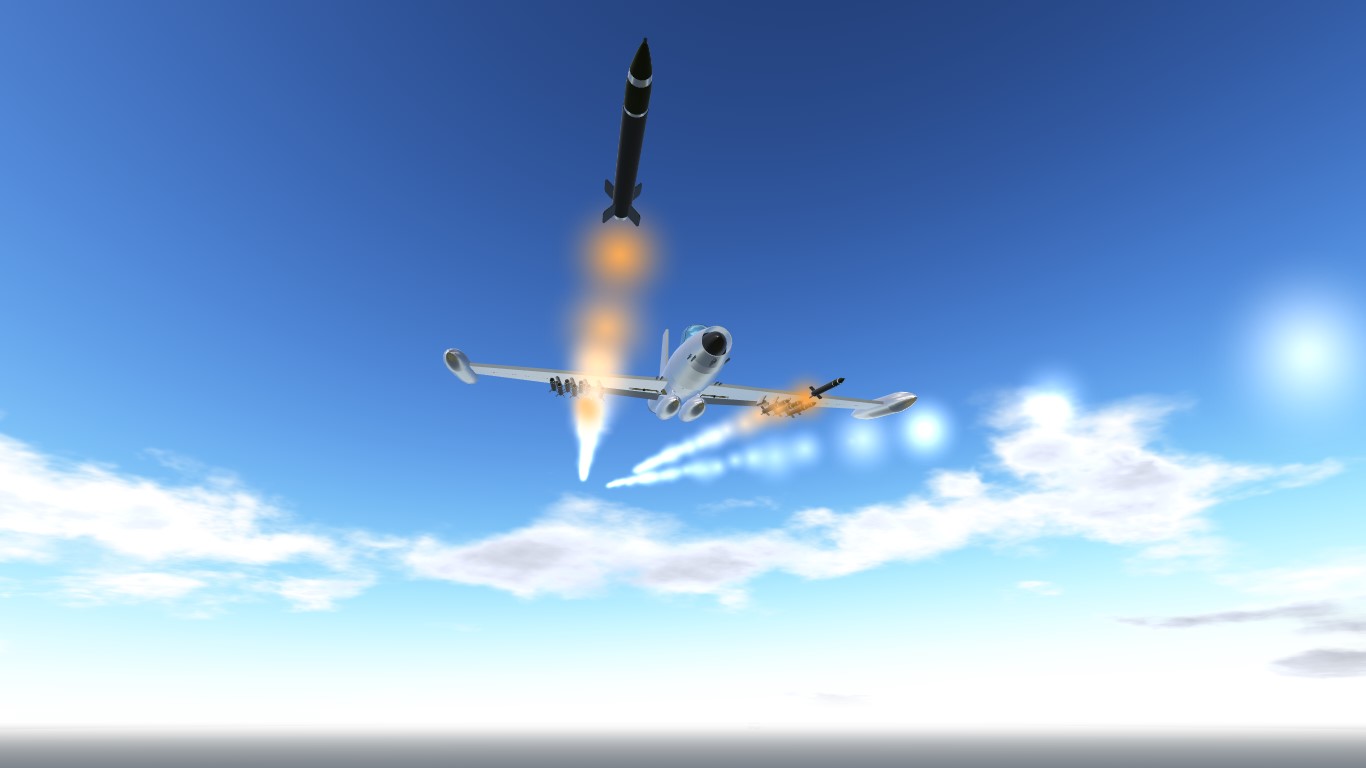
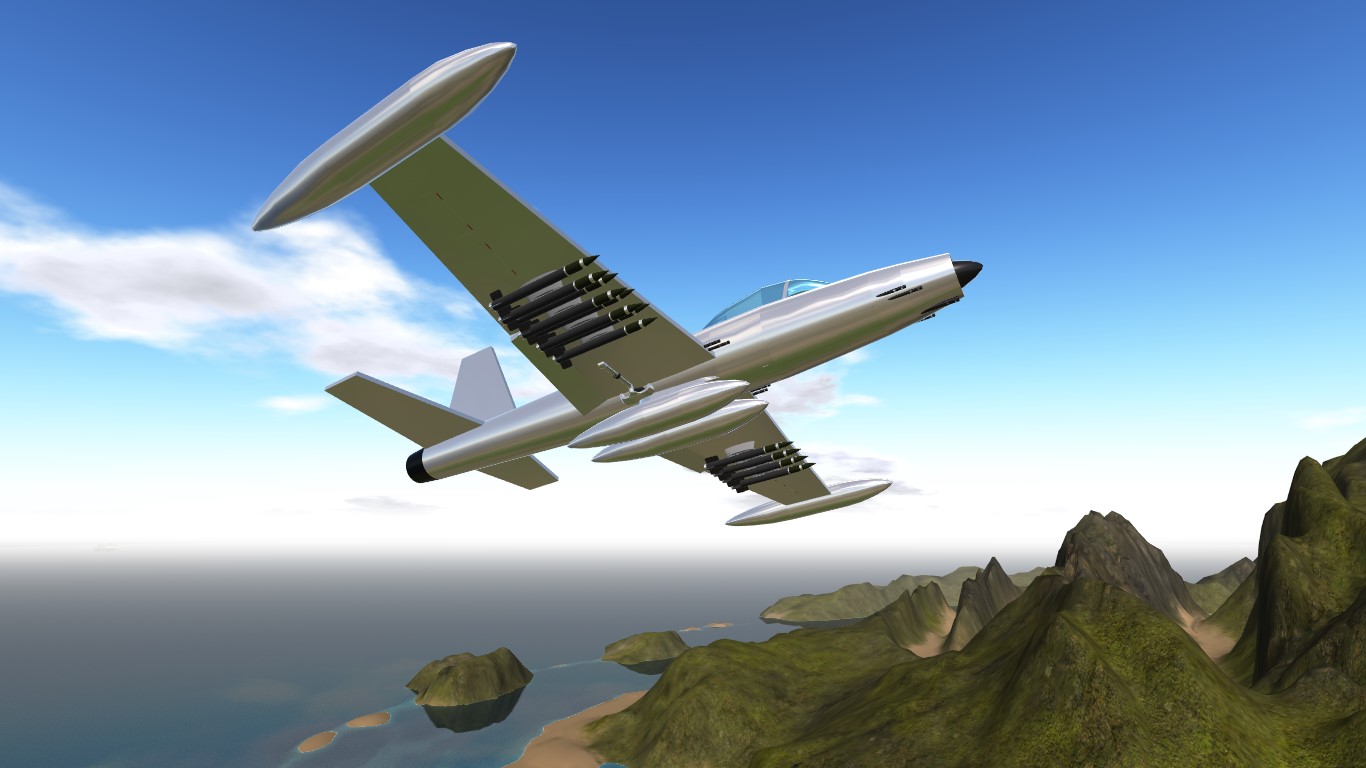
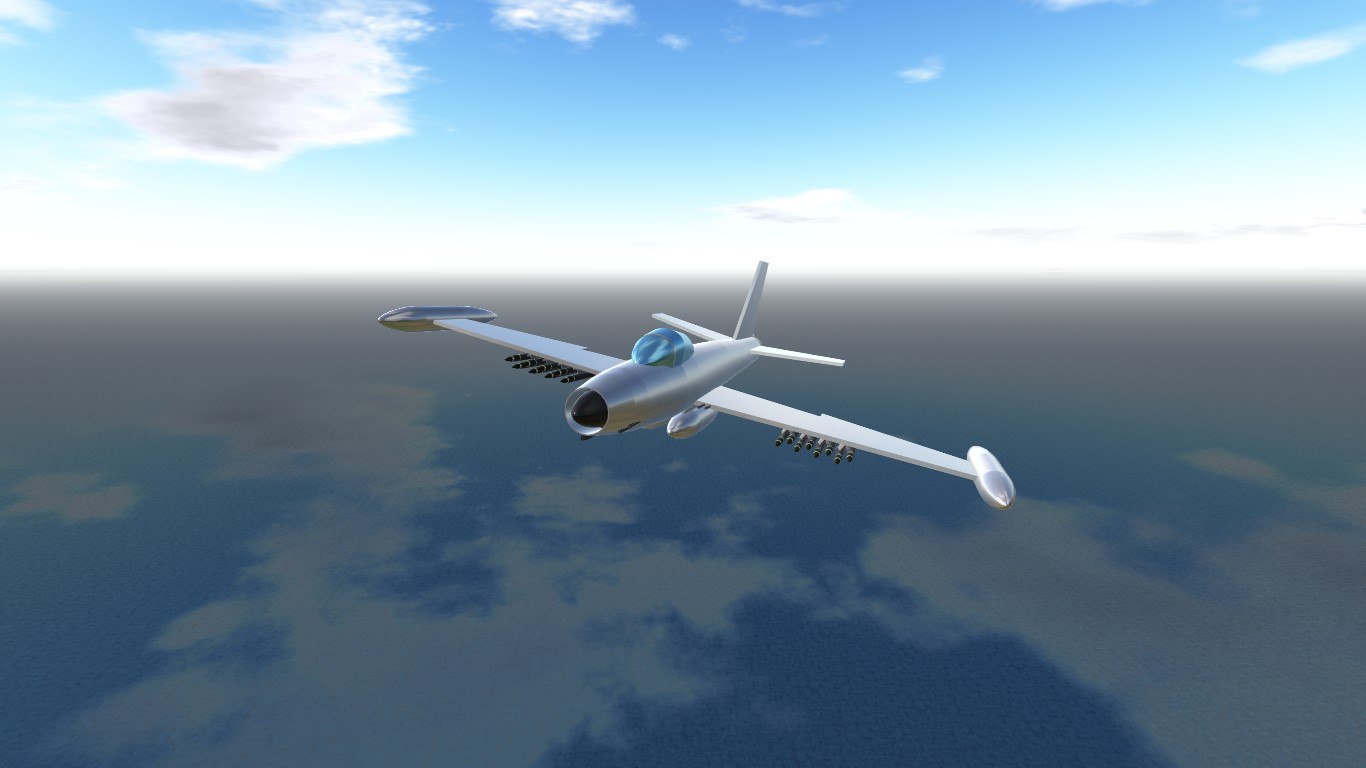
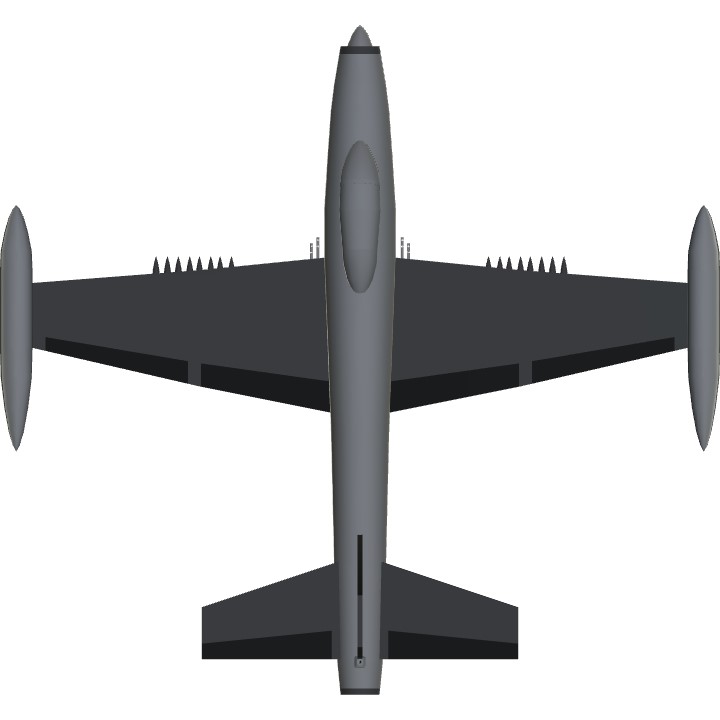
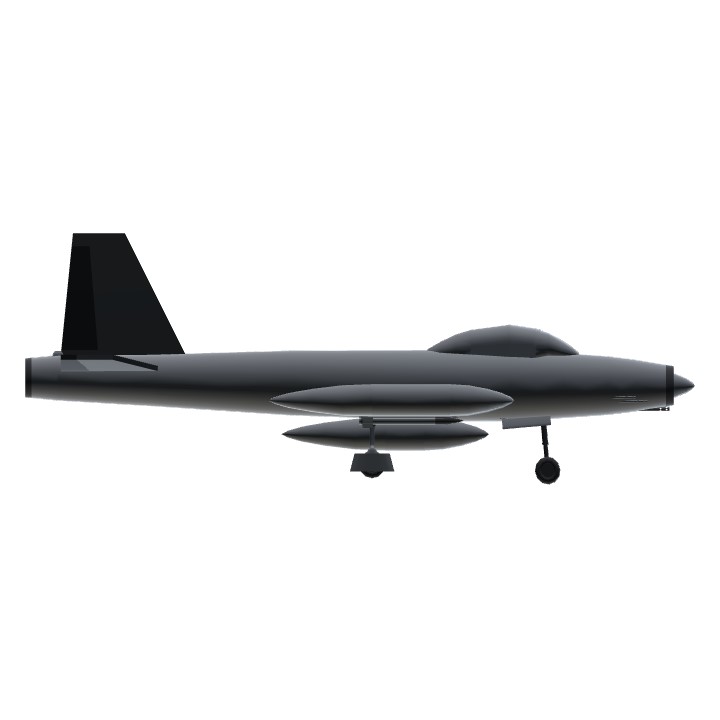
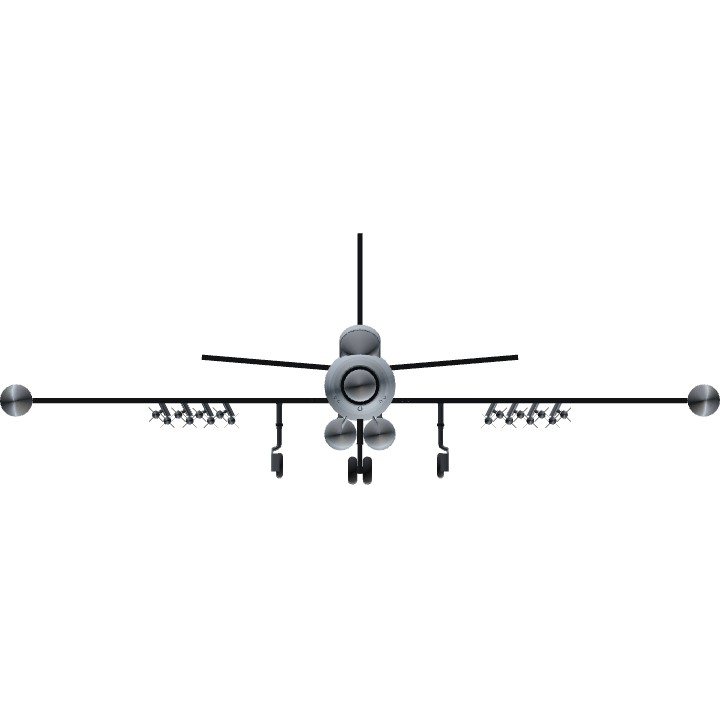
This is a really neat build! I love early Cold War era fighters like this. Nice work!